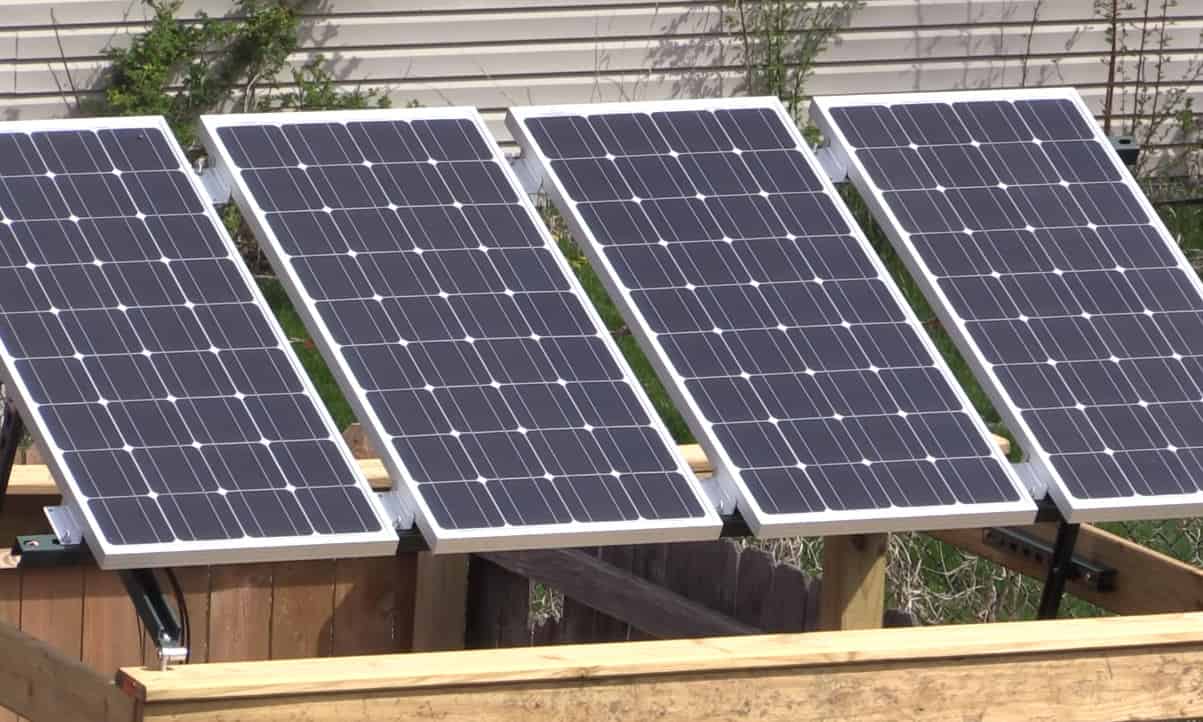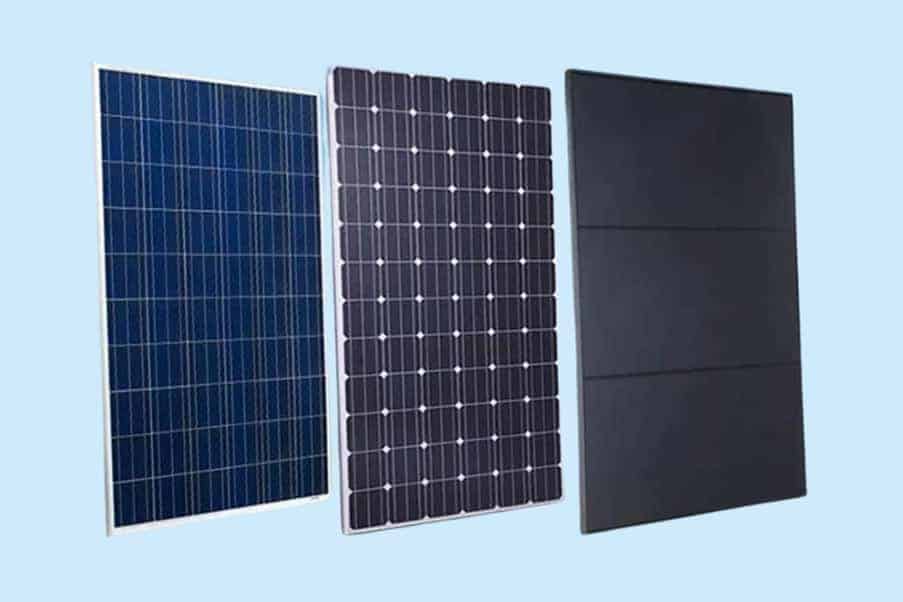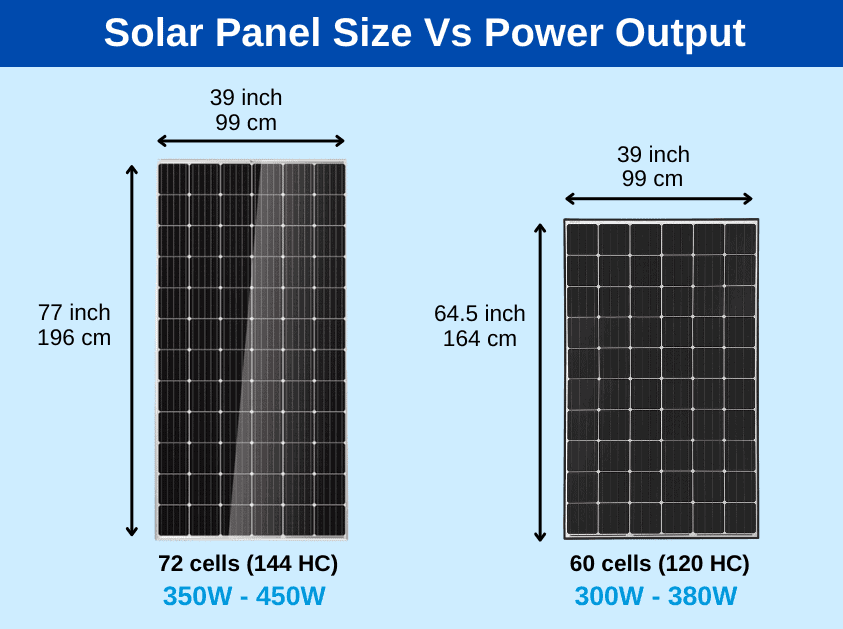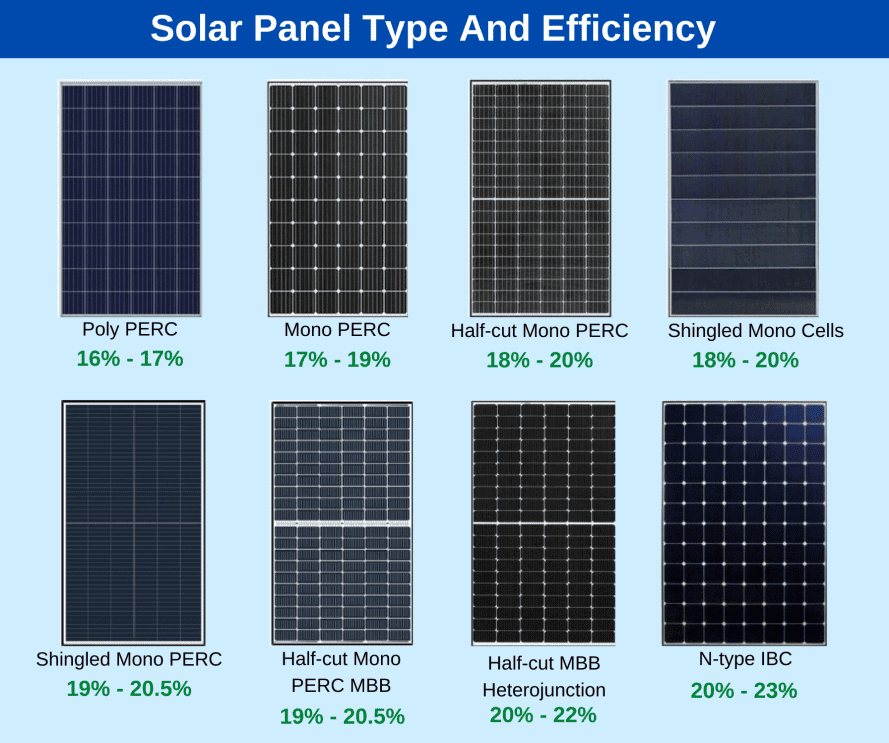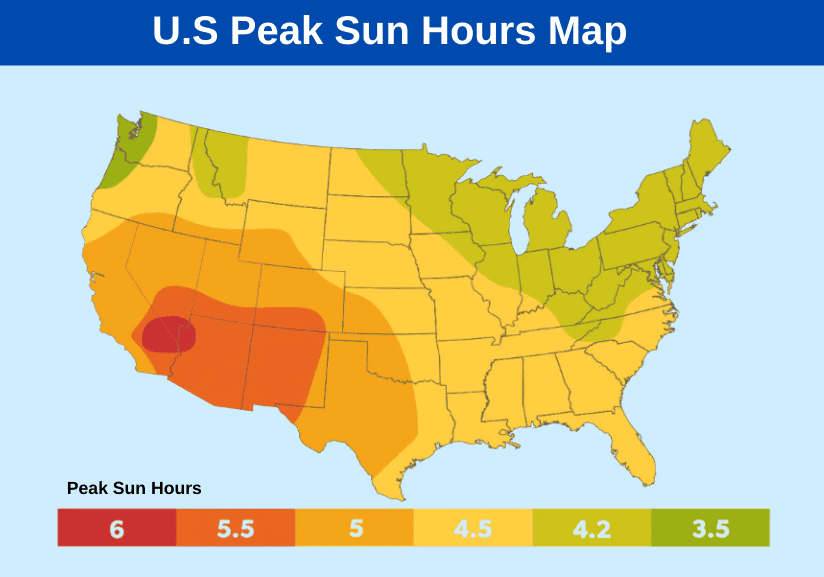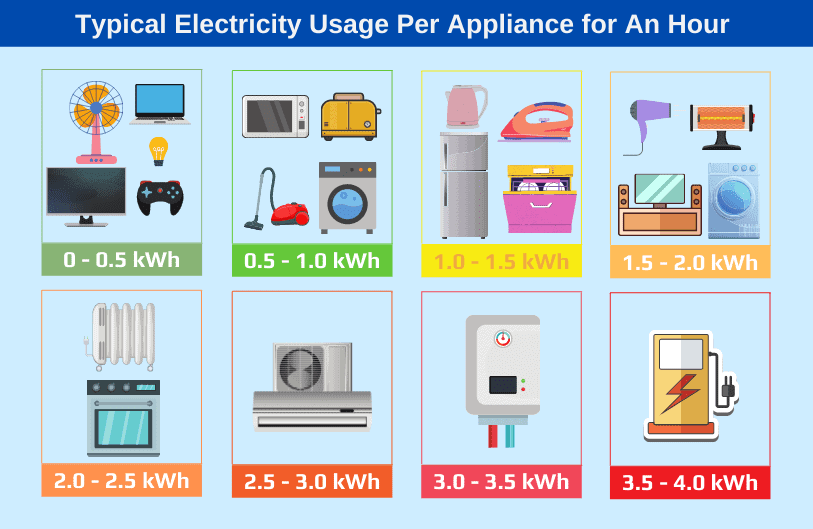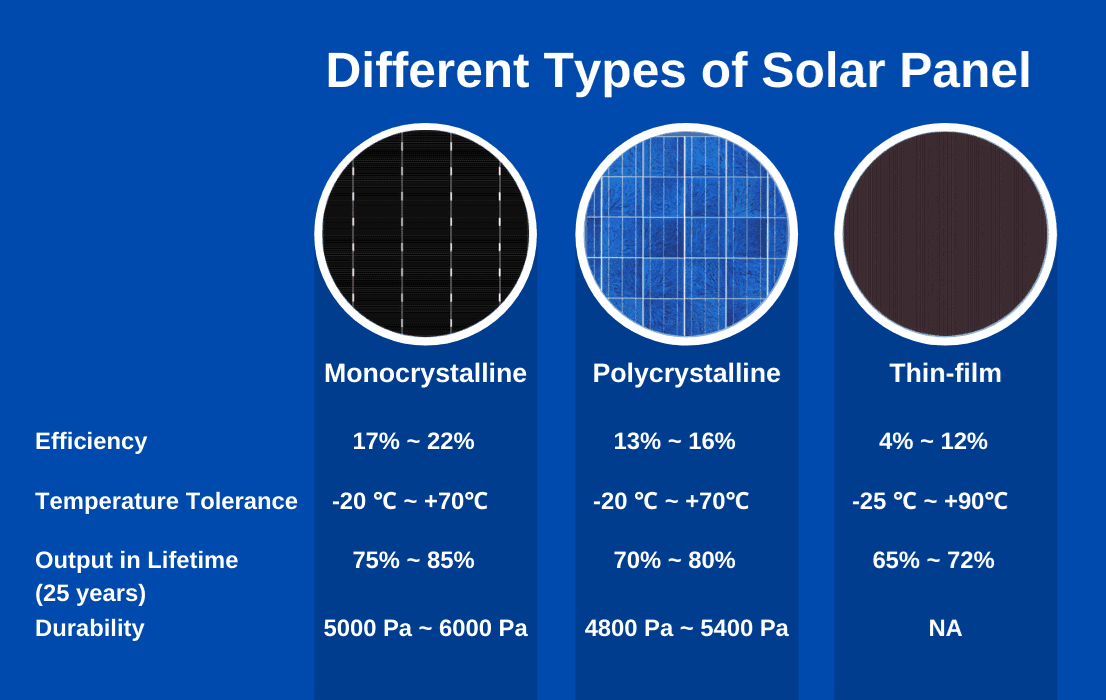I’ve finally decided to take the plunge and install a solar system in my home. Perhaps you’re close to making a move into solar too? Technology has come so far that I’m convinced solar will give me significant savings on my fuel bills that more than justify the initial outlay.
So as I started the process of choosing a solar system, I found I was a little uncertain about solar panel ratings and what they all mean. So I’ve done some exhaustive research, and now I know all about how solar panels are rated and how you can use these ratings to ensure that you choose the perfect solar panels for your needs.
How to use solar panel ratings
I’m going to take you through how solar panels are rated for efficiency and power output. Then I’ll look at some other rating factors that may have a bearing on your purchase.
Your main goal, of course, is to buy a solar system that meets your power needs for the best price possible. It’s important to know that this doesn’t mean you have to get the highest-rated and most expensive panels.
Instead, I’ll show you how to look at your specific situation and work backward to find solar panels and a system that meets your requirements for the minimum possible investment.
Solar panel power output
All solar panels are given a power output rating, and this is the most important of all the measures that you can use to help you determine which solar panels to buy. Therefore it bears considering in some detail. Let’s take a look at the factors that go into making up a solar panel’s power output rating.
Type of solar panel
Solar panels come in several varieties, namely monocrystalline, poly-crystalline, and amorphous solar panels. Monocrystalline solar panels are the most efficient type of solar panel. They have become the industry standard for home solar setups. Hence, it’s unlikely that you will consider a cheaper but less efficient polycrystalline or amorphous solar panel for your permanent home setup.
[wptb id=3334]However, the other types of solar panels have some advantages (in addition to their cheaper cost) for other uses. Amorphous solar panels, for example, are lighter and more portable than monocrystalline panels. There are some good and very affordable panels on the market offering portable but limited solar energy.
But for this article, we will stick with monocrystalline panels since they perform best.
Size of solar panel
Domestic solar panels are made up of collections of individual solar cells. These solar or photovoltaic, cells are where the process of turning the sun’s light into electrical energy occurs. Home solar panels are made up of either sixty or seventy-two solar cells.
Other things being equal, the extra panels in a seventy-two-cell solar panel mean that it will have a higher power output than an equivalent sixty-cell solar panel. But a seventy-two-cell panel will probably take up more space, too; we’ll get into that soon.
The efficiency of solar panel
All solar panels are given a percentage efficiency rating. This measures how much of the sun’s energy a solar panel can convert into electricity.
Solar is a fast-moving field and technological leaps are happening all the time, so home solar panels are much more efficient than they were just a few years ago. Today most home solar panels have an efficiency rating of 15 – 22%.
Solar panel power output
The most important of the solar panel ratings is its power output, so let’s look at that in more detail. Every solar panel has a power rating, measured in Watts.
Typically domestic solar panels have power ratings of between 250 and 400 W. This measure tells us how much electricity a solar panel can produce under ideal conditions. Scientists test solar panels under laboratory conditions where they receive maximum sunlight.
It’s important to note that your home setup won’t be able to produce the same results as in the laboratory. That doesn’t matter, though, because power ratings are an excellent way to compare different panels. Power ratings also give you a basis for working out how much power your solar system can produce, and that’s the most important measure of all.
Using solar panel power ratings to work out energy production
We measure the amount of energy a solar panel produces in kilowatt-hours (kWh). For clarity, a kilowatt equals 1,000 Watts.
For example, a top-end 400 W solar panel running under perfect conditions would take 2 ½ hours to generate 1 kWh of power.
400 Watts x 2.5 Hours = 1 Kilowatt-hour kWh
This is how we calculate the energy produced by a solar panel. Still, an essential factor is where you locate your solar system, and this means both what part of the country you’re in and where you will physically place your solar panels.
Different parts of the country, see more of the sun than others. Sure, that’s an obvious statement but what’s important is that you can use it to work out how much energy your panels will receive from the sun.
We measure the amount of power the different areas receive from the sun in peak sun hours. Once you know your peak sun hours, you can work out how much energy a particular solar panel will generate.
How to work out the solar panel rating that you need
Here are some questions that you can answer to determine whether you need to buy expensive and highly efficient solar panels or cheaper panels with lower efficiency and power output.
Do you live in a place with high peak sunlight hours?
If you live in a hot and dry state, then right from the start, you will be getting more bang for your buck solar-wise. Since you can expect higher than average electricity production from your solar system, you may not need to get too hung up on buying the most expensive and most highly rated solar panels.
How much space do you have for your solar system?
South-facing roofs are the best place to put your solar system to maximize exposure to the sun. If you have a large roof space for your solar panels, you don’t need them to produce as much energy per square meter if you have a smaller space. The more room you have for your solar system the less you need to worry about power output ratings.
How much electricity does your home use?
When you decide how much energy you want to get from your home solar system, it’s essential to consider the amount of power you use. If you have a smaller home and don’t spend too much on heating and cooling your property, then your energy usage is likely to be comparatively low. If you need more power from your solar system, you will need to buy solar panels with a higher power output rating.
Other measures and ratings of solar panel quality
You should also be aware of some other ratings given to solar panels.
Power Tolerance
as well as power output, solar panels are rated for power tolerance. This measures the degree to panels vary from their standard power output. Better panels with lower power tolerance offer you more confidence in meeting your energy production targets.
Durability
Solar panels are tested for durability, and the best ones are those that will operate for the longest time in real-world conditions. Solar panel durability is particularly important if your solar system will be subject to extreme weather or other out-of-the-ordinary operating conditions.
Heat Tolerance
Solar panels are given a temperature coefficient that tells you how much their efficiency is affected by temperatures over 77°F. If you live in a hot place and your solar system will be subject to extreme temperatures, make sure that you look for panels with a good heat tolerance rating.
Contract and warranty
Ratings are all very well, but an individual solar panel can malfunction or not conform to its ratings. This is where a good supplier and warranty agreement comes in handy.
If you make sure you’re buying from a reputable source, and carefully read the agreement, then you can make sure that you’re covered in the event of any flaws or malfunctions in your solar system.
Summary
To pull everything together, the best way to work out your required solar panel rating is to do the following;
- Calculate how much energy you’ll need from your solar system
- Then, looking at the space available and your local peak sunlight hours, work out how much energy you need from your solar system in kilowatts per square meter.
- Next, based on the size and power output of different solar panels, you can choose which ones fit your energy requirements.
- Finally, think about whether you need panels that are highly rated for heat tolerance, durability, or power tolerance and factor this into your decision.
If you have any comments or questions about solar panel ratings, then please share them with us.

